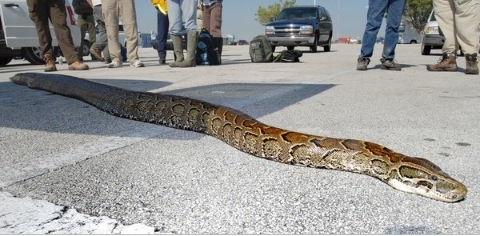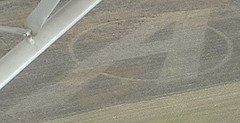If you had to select one of Bob Clark’s Christmas movies to incorporate into your annual yuletide festivities, which one would it be? If you said “A Christmas Story,” you’re wrong! It would be “Black Christmas,” Clark’s genre-defining 1974 sorority-set slasher film. The creepy extended POV shot that opens “Halloween”? “Black Christmas” did it first. The clichéd bungling law enforcement duo reluctant to believe the wild stories of the incorrigible teenagers until it’s too late? “Black Christmas” did it first. Margot Kidder going into a bizarre, senseless monologue? She did it in “Black Christmas” first.
Admittedly, some folks complain that, like many other holiday-themed horror movies, the film uses its titular holiday as more of a setting than any kind of plot focus (“My Bloody Valentine” anyone?), but, in this case, that’s part of its genius – the logic of the killer’s prolonged and undiscovered spree is only believable given the hectic holiday atmosphere in which everyone’s intermittently leaving the campus, no one fully understands anyone else’s schedule and, what with the good cheer turned up to eleven, most of the characters are consistently drunk.
Still wish “Black Christmas” was a bit more entrenched in the customs and pageantry of the season? Why not incorporate some of its story points into your Christmas traditions?
A New Activity – Receive (or Make) a Series of Increasingly Disturbing Obscene Phone Calls
Make sure they start with unintelligible moaning, escalate into graphic, c-word-laden sexual suggestions and top off with bizarre and threatening multi-voiced character plays. They’re great for interrupting your family’s strawman-mobbed political arguments, and they evoke something even stronger than the spirit of Christmas – fearful discomfort.
A New Decoration – Rocking Chair-Bound Plastic-Wrapped College Girl Corpse
Exactly what the heading says. This isn’t some Damien Hirst work where it’s called “Rocking Chair-Bound Plastic-Wrapped College Girl Corpse” and then it’s like a starfish glued to a two-way mirror or something.
A New Game – Liquor Bottle Scavenger Hunt
To be conducted in honor of Mrs. Mac, the sorority’s booze-hording house mother, whose liquor stowing methods range from the classic bottle-shaped pocket carved into an encyclopedia to the pathetically desperate toilet tank stash. Bonus points for finding bottles that weren’t hidden as part of the game. Now you know why your dad pronounces “stupid bastard” like “shtupa bastus”!
A New Dinner Guest – Drunken Margot Kidder
In character and on the condition that she performs her turtle sex bit from the movie. You don’t want out-of-character Margot Kidder stumbling drunk around your house on Christmas. Her three ex-husbands can attest to that.
A New Argument – Should I Abort this Baby (It’s Father’s an Unhinged Experimental Pianist)
Yeah, it’s a little depressing – but it’s a big part of the film. And it should help to draw your family’s attention away from your real problem – should I abort this baby (it’s father’s either the creepy guy from the club who roofied me and left me for dead, or the heroic rapist who later dragged my unconscious body to the part of the drainage culvert that’s visible from the power station).












